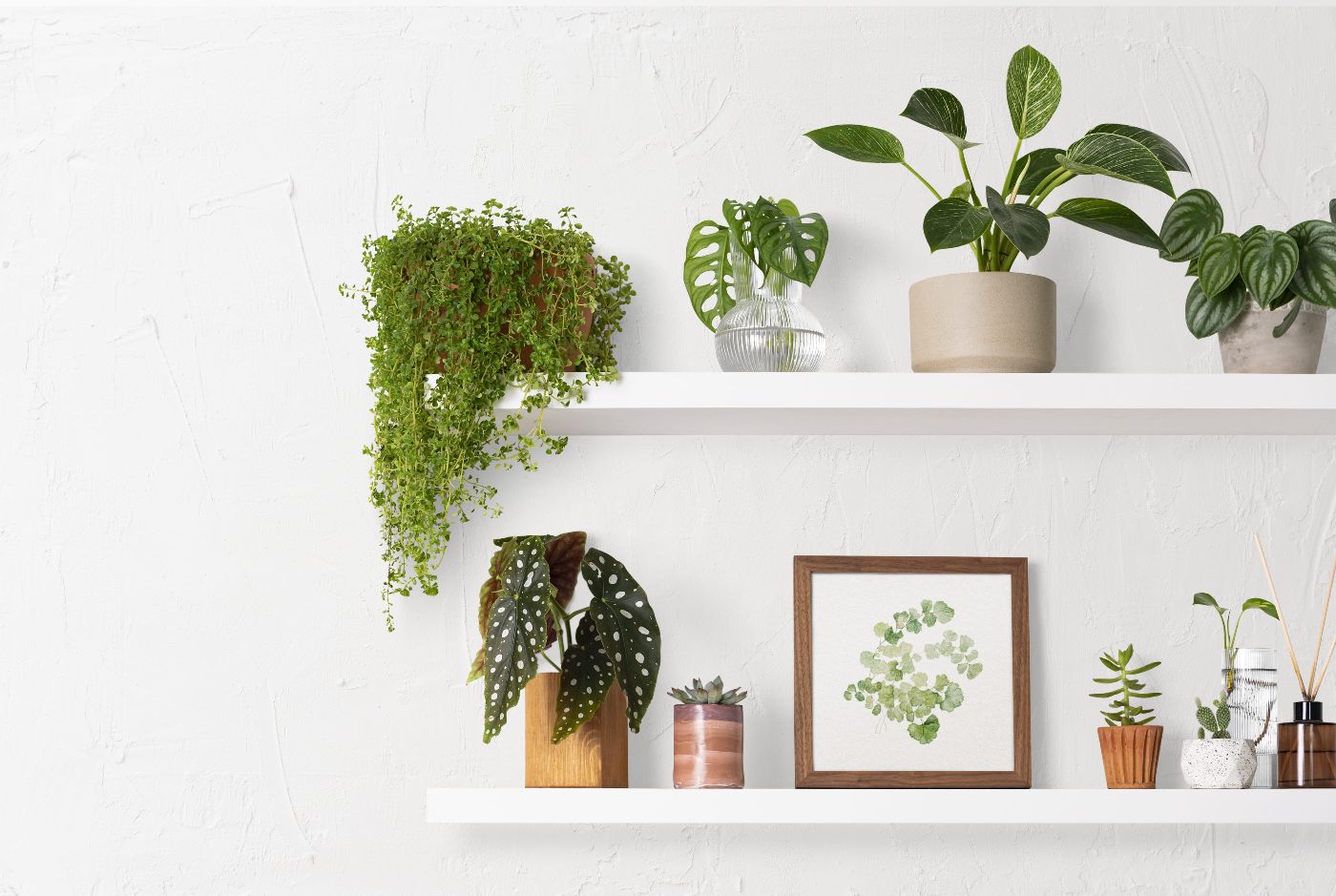Our Blog
Biophilic Design
Unveiling the Charms of Biophilic Design: Connecting Nature to Urban Spaces
Introduction:
Biophilic design emerges as a revolutionary approach in the world of interior design and architecture, aiming to create spaces that establish a deeper connection between humans and nature. In this feature, we will explore the principles and benefits of biophilic design, which seeks to reintegrate natural elements into urban environments, promoting well-being, productivity, and sustainability.
What is Biophilic Design?
The term "biophilic" originates from the Greek words "bios" (life) and "philia" (love), reflecting the idea of love for life and nature. Biophilic design seeks to incorporate natural elements into built spaces, providing a closer experience of nature in people's everyday lives. This can include the introduction of natural light, the use of organic materials, the presence of plants, textures inspired by nature, and even the creation of outdoor spaces within buildings.
Principles of Biophilic Design:
- Visual Connection: Integration of visible natural elements, such as gardens, trees, and outdoor views, providing a constant visual connection with nature.
- Spatial Connection: Creating spaces that mimic natural patterns, such as the distribution of plants in a forest or the fluidity of a river.
- Material Connection: Use of natural and organic materials, such as wood, stone, and ceramics, to bring the texture and tactile sensation of nature into indoor environments.
- Air and Light Flow: Maximization of natural light and ventilation to create healthier and more pleasant environments.
Well-being Benefits:
- Stress Reduction: The presence of natural elements helps reduce stress levels and promotes a sense of calm.
- Improved Concentration: Biophilic environments have been associated with increased concentration and productivity.
- Mental Health: Connection with nature contributes to improved mental health, reducing anxiety and fatigue.
- Air Quality: The introduction of plants contributes to improved indoor air quality, filtering pollutants and increasing oxygen levels.
Sustainability and Environmental Responsibility:
In addition to well-being benefits, biophilic design is also aligned with sustainability principles. By incorporating natural elements, projects can reduce the need for artificial energy, contributing to a lower environmental impact and a more responsible approach.
Conclusion:
Biophilic design is not just an aesthetic trend but a holistic approach that aims to transform urban spaces into healthier and more balanced environments. By reconnecting people with nature, this design philosophy offers an innovative response to contemporary challenges, promoting human well-being and environmental sustainability.
